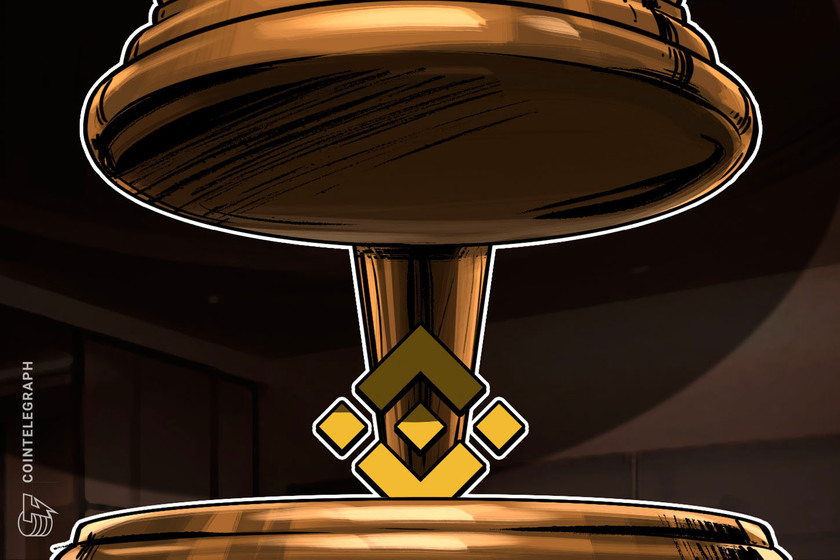Judge accepts Binance CEO CZ’s guilty plea, with sentencing in Feb


This court “hereby accepts the guilty plea of the defendant to the charge […] and the defendant is adjudged guilty of such offense,” wrote Judge Richard Jones.
A federal judge has accepted Binance founder Changpeng “CZ” Zhao’s guilty plea to money laundering but hasn’t decided whether he can leave the United States before his February sentencing date.
In a Dec. 6 filing to a Seattle District Court, Judge Richard Jones said he accepted Zhao’s guilty plea to one count of Bank Secrecy Act violations, which the Binance founder submitted over two weeks ago on Nov. 21 alongside his exchange’s $4.3 billion settlement with United States agencies.
Part of the settlement deal saw Zhao step down as CEO of Binance and pay $150 million to regulators.




















